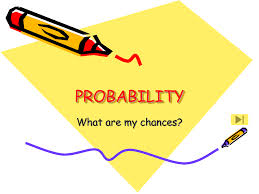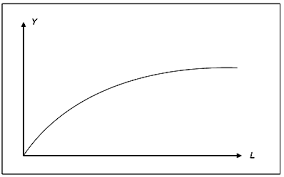One of the most common birthdays cited in probability theory is the birthday problem where the probability that at least two people in a group of people would have their birthdays on the same day. This means that the month and day of birth is the same, but the year does not have to be the same. This probability increases as the number of people in a group increases, but to find the exact probability for a group comprising a particular number of people, we will have to make certain assumptions. We assume that whoever is born on the 29th of Feb, will consider their birthdate as either March 1 or Feb 28. We also assume that there are no twins in the group as they will have the same birthday. These assumptions make sure that every day in a year is equally likely to be the birthdate of the people in the group.
Let there be ‘n’ people in a group. So every person in the group can have any birthday out of the 365 days. That is there are 365 possibilities for every person. Therefore the total number of permutations (or the possibilities) is 365 multiplied by itself ‘n’ times, i.e 365ⁿ. Thus each one of the outcomes in the total permutations is equally probable. If n>365, a birthday is bound to get repeated. Hence n<=365. Arriving at the probability that at least two people will have the same birthday is tedious and hence we calculate the probability that all have different birthdays and subtract it from the total probability that is 1. (The range of probability is between 0 and 1). It can be calculated in the following way:
Let’s take any person from the group. That person can have his/her birthday out of any of the 365 days. Let’s take a second person from the group. This person will have a birthday on any day, except the day on which the first person has his/her birthday. Therefore there 364 possibilities for this person. In this way, the number of possibilities reduces by 1 for every new person till the all the ‘n’ people have been considered. Hence the total number of permutations=
365×(365-1)×(365-2)…..×(365-n).
To calculate the probability that no two people will have the same birthday, we divide the above figure by 365ⁿ and subtract the value now calculated from 1.
These are the probabilities that we get for different values of n:
| Value of n | Probability |
| 5 | 0.027 |
| 20 | 0.411 |
| 60 | 0.994 |





8 Comments. Leave new
Great work. A difficult topic has been extremely made simple in this post. And also this reminds me how i struggled with mathematics in my school days. 😛
Unique concept..Good job!
Easy to understand.. Great presentation..Nice work!!
Very interesting.
Well explained great work
well explained
Much better one 😀
It refreshed my school memory 😀 . As this problem was very well expalined and solved with ease 😀
The langauge was also simple 😀 that it was easily understood by 😀 everyone .But still the problem is selection of topic 😀 . do give attention to there too 😀
rest all its to see something different 😀 and unique 😀
very well written 😀
explained it well.